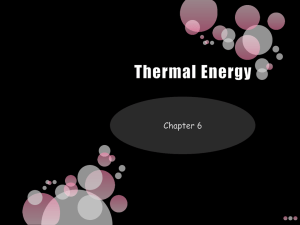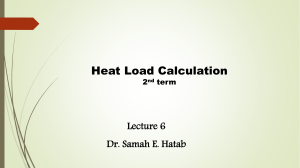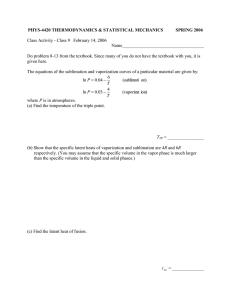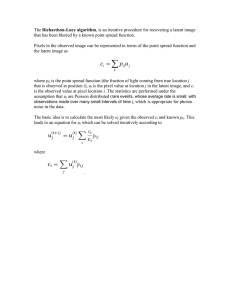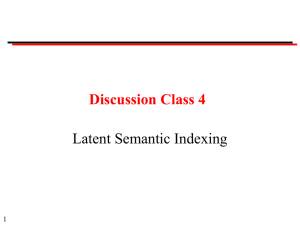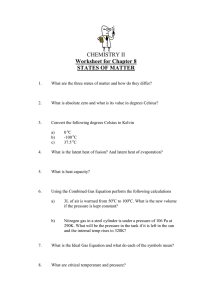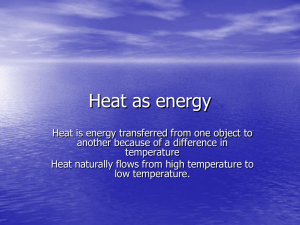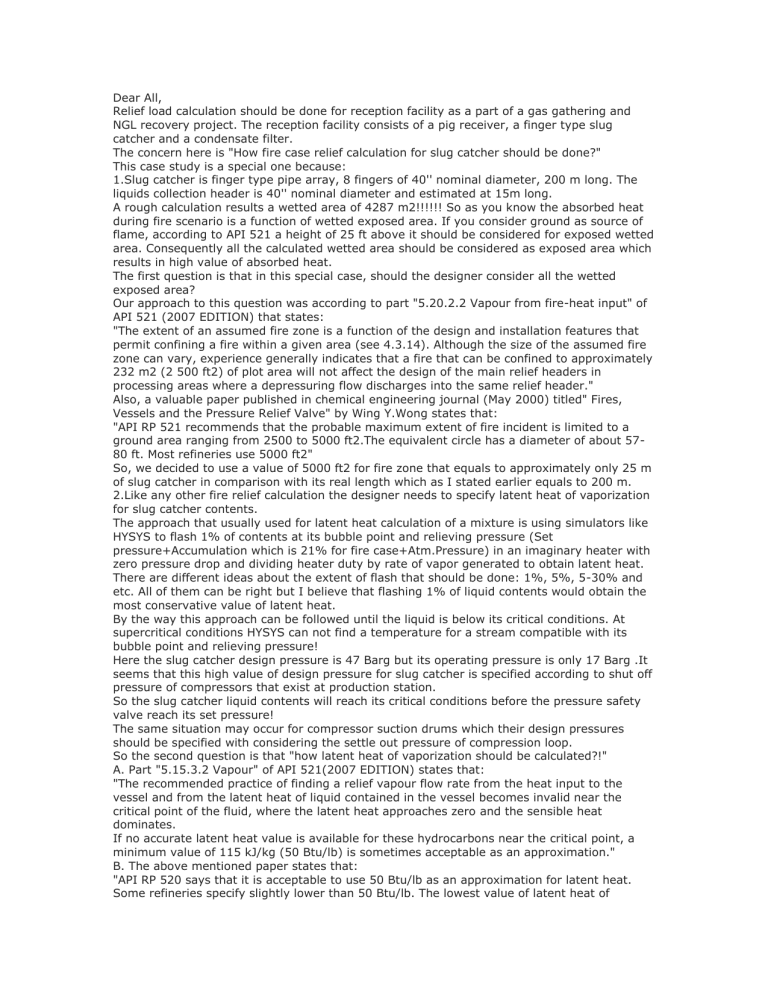
Dear All, Relief load calculation should be done for reception facility as a part of a gas gathering and NGL recovery project. The reception facility consists of a pig receiver, a finger type slug catcher and a condensate filter. The concern here is "How fire case relief calculation for slug catcher should be done?" This case study is a special one because: 1.Slug catcher is finger type pipe array, 8 fingers of 40'' nominal diameter, 200 m long. The liquids collection header is 40'' nominal diameter and estimated at 15m long. A rough calculation results a wetted area of 4287 m2!!!!!! So as you know the absorbed heat during fire scenario is a function of wetted exposed area. If you consider ground as source of flame, according to API 521 a height of 25 ft above it should be considered for exposed wetted area. Consequently all the calculated wetted area should be considered as exposed area which results in high value of absorbed heat. The first question is that in this special case, should the designer consider all the wetted exposed area? Our approach to this question was according to part "5.20.2.2 Vapour from fire-heat input" of API 521 (2007 EDITION) that states: "The extent of an assumed fire zone is a function of the design and installation features that permit confining a fire within a given area (see 4.3.14). Although the size of the assumed fire zone can vary, experience generally indicates that a fire that can be confined to approximately 232 m2 (2 500 ft2) of plot area will not affect the design of the main relief headers in processing areas where a depressuring flow discharges into the same relief header." Also, a valuable paper published in chemical engineering journal (May 2000) titled" Fires, Vessels and the Pressure Relief Valve" by Wing Y.Wong states that: "API RP 521 recommends that the probable maximum extent of fire incident is limited to a ground area ranging from 2500 to 5000 ft2.The equivalent circle has a diameter of about 5780 ft. Most refineries use 5000 ft2" So, we decided to use a value of 5000 ft2 for fire zone that equals to approximately only 25 m of slug catcher in comparison with its real length which as I stated earlier equals to 200 m. 2.Like any other fire relief calculation the designer needs to specify latent heat of vaporization for slug catcher contents. The approach that usually used for latent heat calculation of a mixture is using simulators like HYSYS to flash 1% of contents at its bubble point and relieving pressure (Set pressure+Accumulation which is 21% for fire case+Atm.Pressure) in an imaginary heater with zero pressure drop and dividing heater duty by rate of vapor generated to obtain latent heat. There are different ideas about the extent of flash that should be done: 1%, 5%, 5-30% and etc. All of them can be right but I believe that flashing 1% of liquid contents would obtain the most conservative value of latent heat. By the way this approach can be followed until the liquid is below its critical conditions. At supercritical conditions HYSYS can not find a temperature for a stream compatible with its bubble point and relieving pressure! Here the slug catcher design pressure is 47 Barg but its operating pressure is only 17 Barg .It seems that this high value of design pressure for slug catcher is specified according to shut off pressure of compressors that exist at production station. So the slug catcher liquid contents will reach its critical conditions before the pressure safety valve reach its set pressure! The same situation may occur for compressor suction drums which their design pressures should be specified with considering the settle out pressure of compression loop. So the second question is that "how latent heat of vaporization should be calculated?!" A. Part "5.15.3.2 Vapour" of API 521(2007 EDITION) states that: "The recommended practice of finding a relief vapour flow rate from the heat input to the vessel and from the latent heat of liquid contained in the vessel becomes invalid near the critical point of the fluid, where the latent heat approaches zero and the sensible heat dominates. If no accurate latent heat value is available for these hydrocarbons near the critical point, a minimum value of 115 kJ/kg (50 Btu/lb) is sometimes acceptable as an approximation." B. The above mentioned paper states that: "API RP 520 says that it is acceptable to use 50 Btu/lb as an approximation for latent heat. Some refineries specify slightly lower than 50 Btu/lb. The lowest value of latent heat of vaporization should never be less than 40 Btu/lb." C. A recently published method in a paper in chemical engineering journal titled "Rigorously Size Relief Valves for Supercritical Fluids" contains valuable material about concerned subject. This paper can be downloaded freely from: http://www.clarkson.edu/~wilcox/Design/reliefv2.pdf Although this paper is valuable and offer a new method but as you know with papers we can not talk to clients! Our approach was to use a value of 50 Btu/lb for latent heat. I should be grateful if you kindly would answer to these questions. Warm Regards. Mojtaba Habibi

